
3/4/2023 | Week 1
Minor Project | Bachelor of Design in Creative Media
Shofwa Alyadiena | 0350019
Lecture Notes
Week 1 - MLE (Multidisciplinary Learning Experience)
The multidisciplinary learning experience opens opportunities for students like myself to collaborate with other schools to enhance our skills and strengths within our speciality. For example, while we design students have our hand in creating the visible appearance of a certain project, and the others fill in the spot to make it functional.
Having MLE enables:
1. Application of our speciality in a multidisciplinary setting.
2.
Working in an environment to solve complex problems.
The benefits include:
1. Simulating the real world of design by learning with students of
different perspectives.
2. Applying specific knowledge and soft skills
in a real-world context.
3. Understanding and broadening of
perspectives.
To aid us in this project, the lecturer reminded us what it means to execute Design thinking.
By definition, design thinking is a human-centred design. As it implies, humans- their emotions, thoughts, and feelings are at the centre of every consideration to solve real-world problems. The steps are as below:
1. Empathise
2. Define
3. ideate
4. prototype
5. testing
Instructions
Process
1. Proposal
Multiple opportunities were opened for us. We were given the options below to decide who we wanted to collaborate with:
- Apothecary - Brandialogue
- Cool Daddy - Brandialogue
- Modern Feng Shui - Brandialogue
- STEM Education - Brandialogue
- Tenang App - Angsana Health
- Lily Doll - AIDA
- Safetify - WAO
- Rescue Device for the Elderly - West Bohemia University (Czech Republic)
Personally, the Lily Doll project interested me the most. I gathered with like-minded classmates and had our group formed the same day. As per the lecture notes, the first step was to empathise with our target audience- by putting ourselves in their shoes.
We started with our first group meeting, using the template given to us and Google Slides to kickstart the meeting. It was hard to come up with a lot and we followed the Module Information Booklet in the end, though to our own misfortune. The research was extremely surface-level and had little to no relation to our main project, so we looked for more.
The first thing we got together to discuss was the target audience. Generally, our target audience for us is autistic children in Malaysia. However, we needed a more specific age range to proceed. According to this research (Kamaludin et al., 2022), the age range could start from 6 years old up to 12 years old.
Feedback
Dig deeper into the related content. Find the target audience based on
research. How old is appropriate for children to be taught sex education? Is
it different for autistic children?
2. Persona Creation and Interviews
Creating a Persona for our project is a way to become relatable to our target audience, as it's difficult to expect the general public to understand our data the same way we see it. A persona could help in having the target audience become more inclined to turn to our product or brand. The persona must also be believable with goals and struggles that are appropriate to our brand's purpose. We should also keep in mind not to make too many personas but enough variety to show that we're capable of handling more than one specific situation with our brand.
As to suggestions on how to make the questionnaire, we have to keep in mind that even though each question we ask we already have an assumed answer, we don't want to be biased, so we have to point the questions towards the answer we want indirectly or subtly. We must ask only what needs to be asked, which also supports our progress and research.
The interview results explained that they want the doll to be able to sit, have a head that's squeezable, and have limbs that are flappy.
3. Character Design
Since everything has already been explained in the Project Document (Final Submissions), this blog will be used to explain my part and process as part of the project, which was creating 3 of the character designs as well as the 3D model renditions.
First, we started with creating the character base model for the dolls, and decided to go with this:
We decided to use two colours, beige and green. The options were decided based on their gender-neutral tones since we wanted the character to be accessible to all children.
At this point in time, we haven't moved on to Illustrator for the clean versions of the doll. We started off by creating rough sketches for each character. We decided to make them have animal clothing, as our research proved that our target audience (ASD Children) prefers to play with dolls that were unique since it makes them curious. I made a bat, penguin, and shark design.
After our first presentation, there were major adjustments needed for my designs. Firstly, it was needed for them to have more modest outfits based on the target audience, and adjust the buttons to be bigger (they will be tedious and frustrating otherwise!) and the designs don't really represent the animals they were meant to be. I decided to revamp the entire thing and changed the shark into a whale-shark kind.
Everyone was able to see the penguin representation now. The next step was to recreate my teammate's (June) and my designs in Illustrator.
Then, as requested, I created a close-up to explain the head shape- peanut-shaped, to give a better grip for the children.
4. 3D Modelling
In between finalizing the character designs, I was responsible for refining and painting the doll's 3D model. I was incredibly new to ZBrush at this time, so I needed help from June (my partner in this project). I was given the low-poly base which was kinder to my laptop and internet.
I failed rendering it the first time though. Here's the second time, after June's help!
Once the painting was all done, I realized we needed to work on a higher poly count, and also didn't realize the paint would disappear after the remesh is underway. Great stuff!
Anyway, here's the final outcome after the hardships, starting from the base doll to a fully clothed doll:
Then, our group leader requested the 3/4 angles of the character and close-ups of the doll's left and right sides.
5. Application Wireframe
Outside of character designing, I had to learn how to use Figma since at this time we had no coloured wireframe to present. Starting off with the main login and sign-up pages.

Fig. 4.1 Wireframe Progress 1 (13/6/2023)
I mostly just rearranged and coloured the wireframe that we presently have, so that it had a comprehensible flow and showed how the final application should look like.
I continued to add a line-art image of the base doll character that would be seen on the 'Frequently Touched' page.



Fig. 4.5 Character Line Art (19/6/2023)
Submission
Fig. 5.1 Lily Doll Project Final Presentation (11/7/2023)
Fig. 5.2 Lily Doll Project Document (13/7/2023)
Reflection:
Experience
The first few weeks were a struggle as we haven't had any information yet from our collaborators, and the best we could do is make assumptions based on the research. Some times I was frustrated with the progress we had as well as the fact that we could hardly contact our collaborators. However, I managed to learn how to use two entirely new applications and get a good grip and understanding of how to use them, which makes me quite proud!
Lastly, it was such a blast being able to meet new people and create new relationships with people of different skills. I enjoyed the process overall.


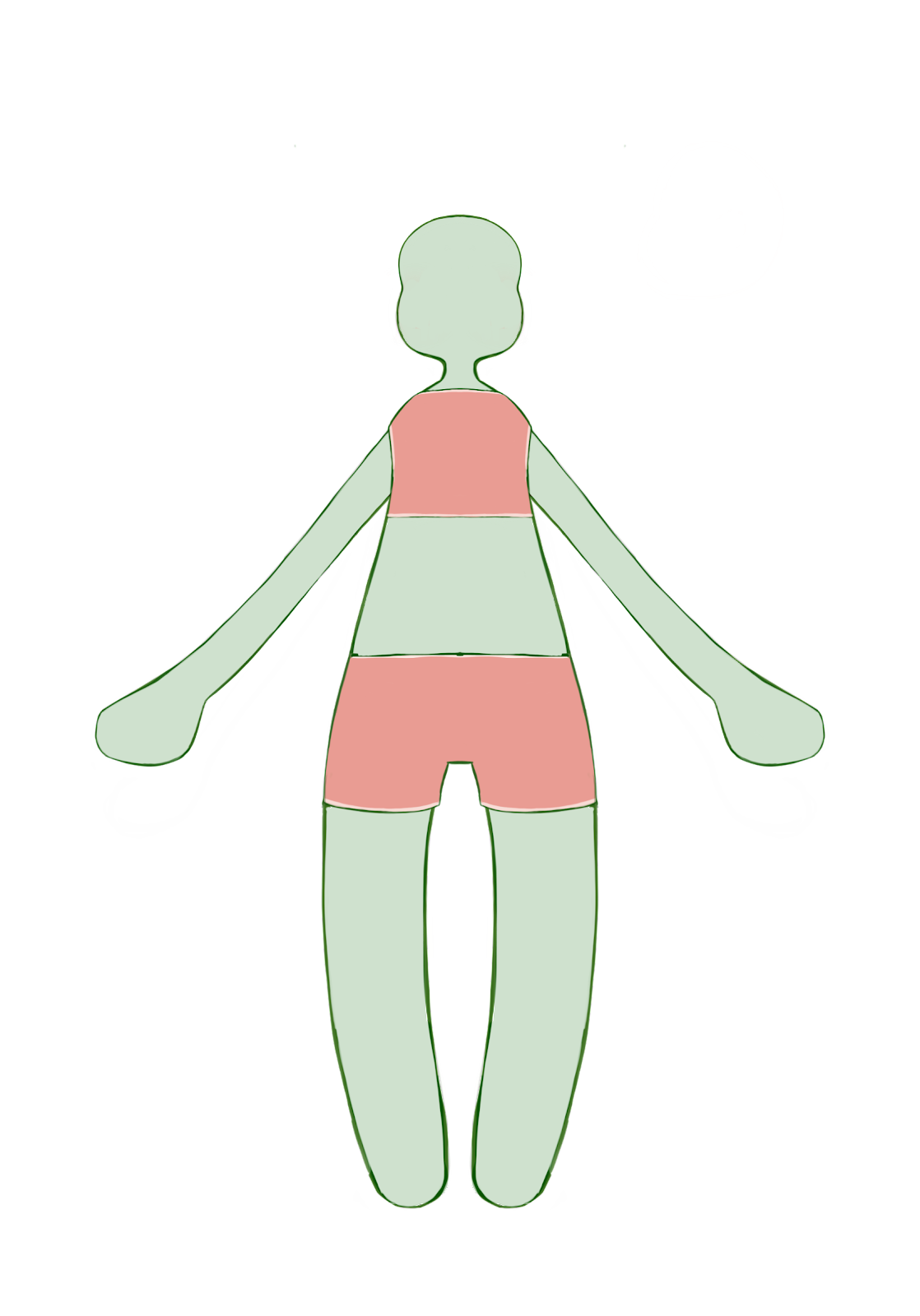


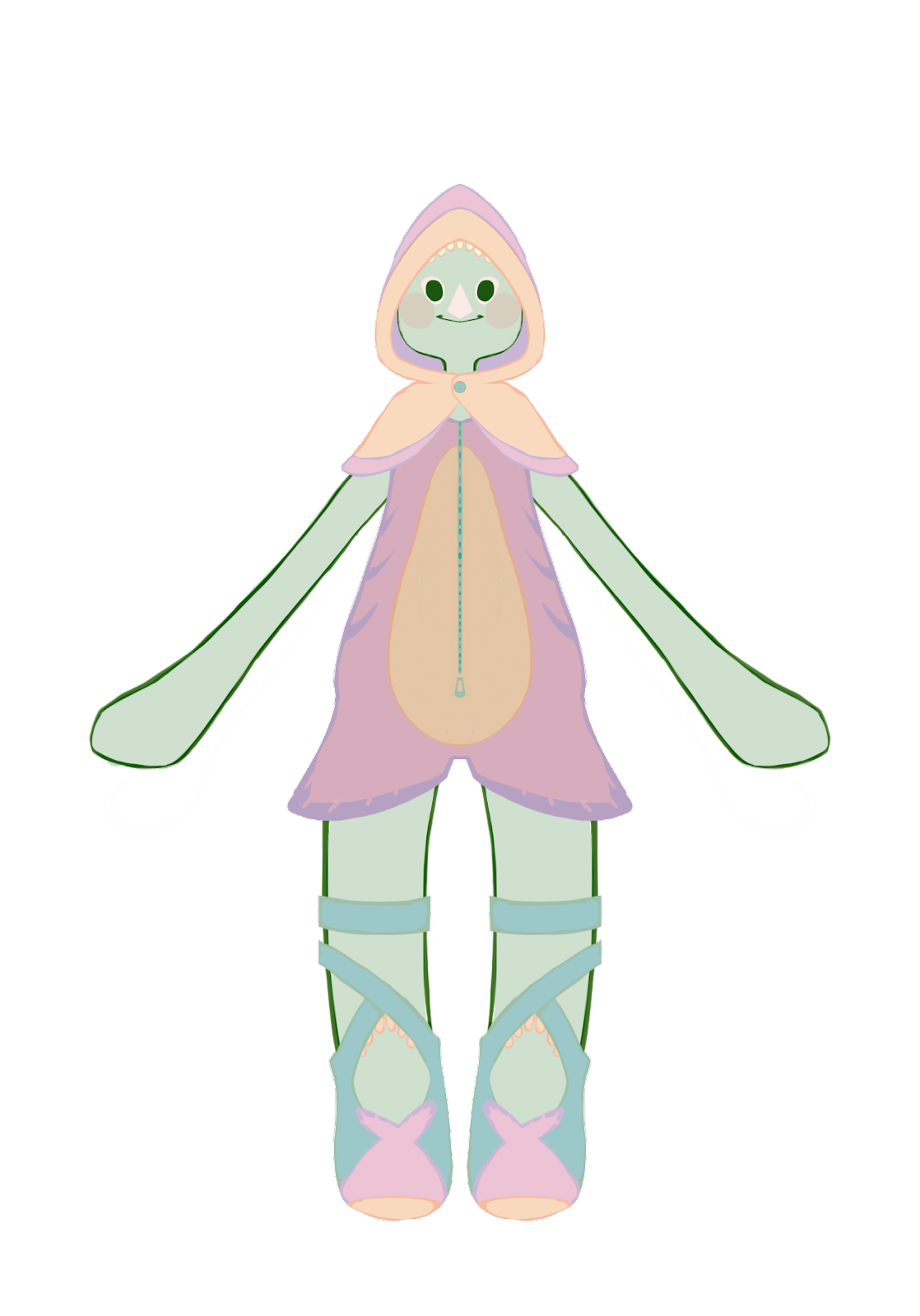

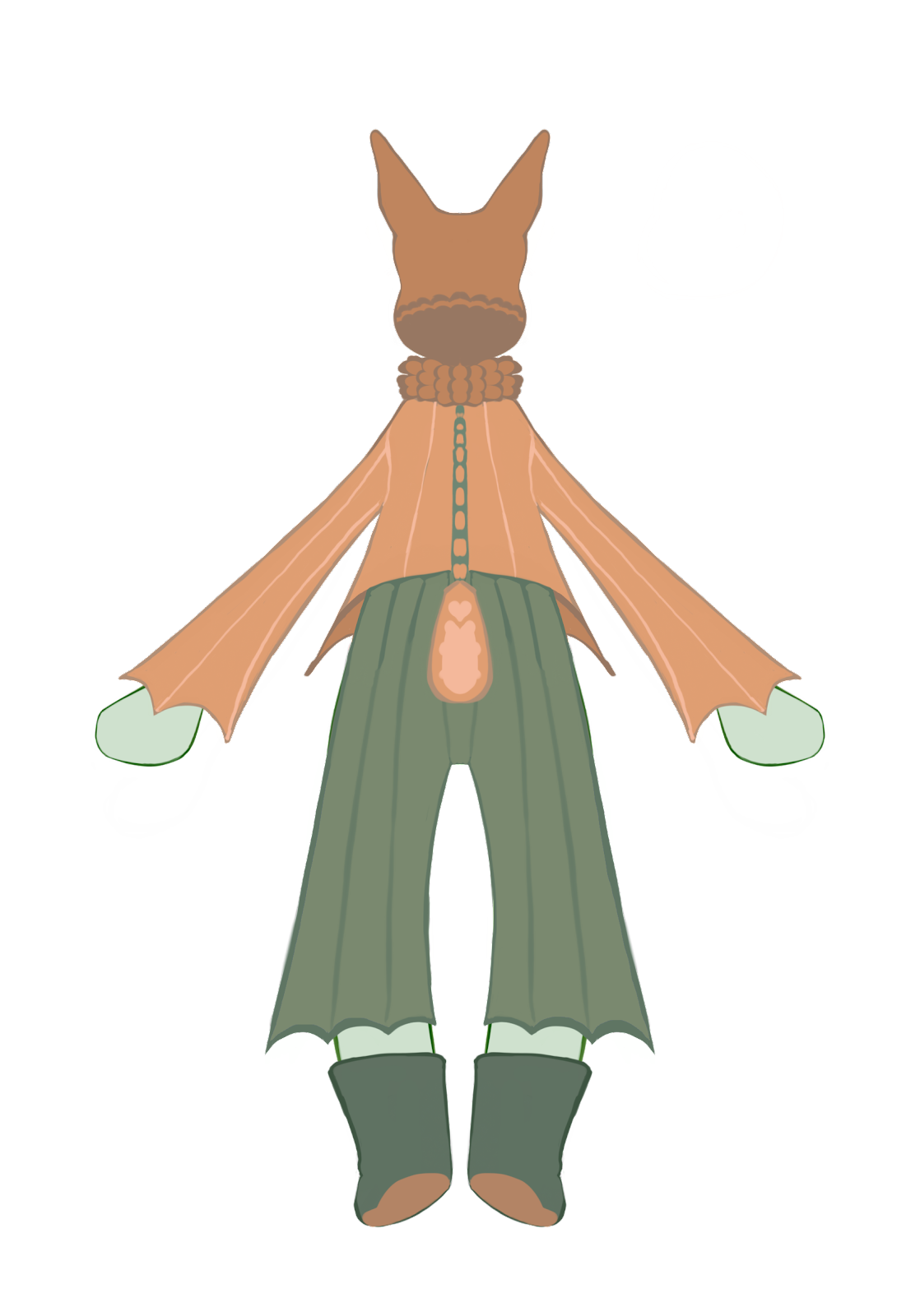
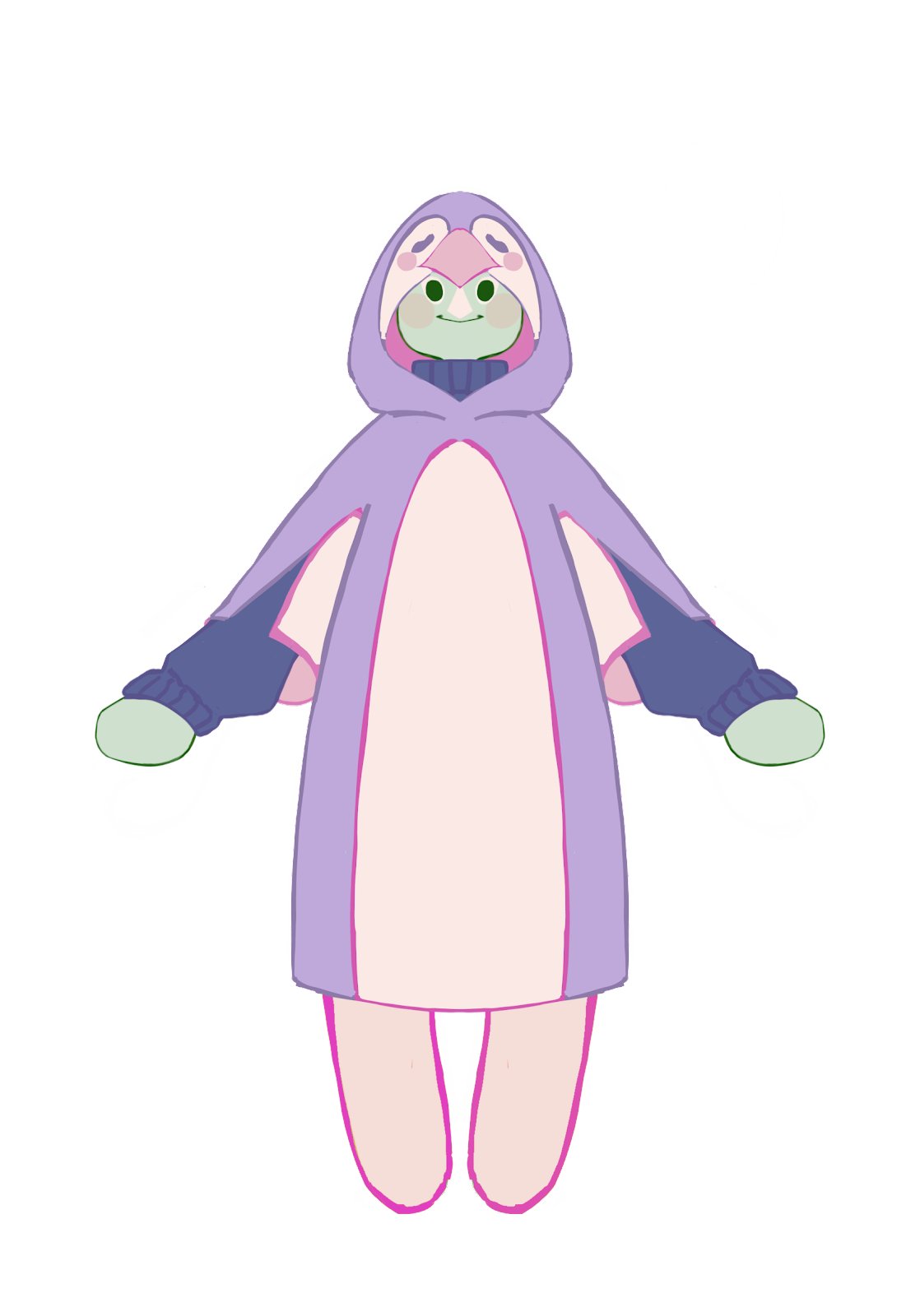










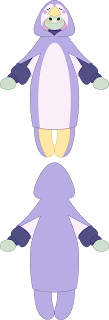
















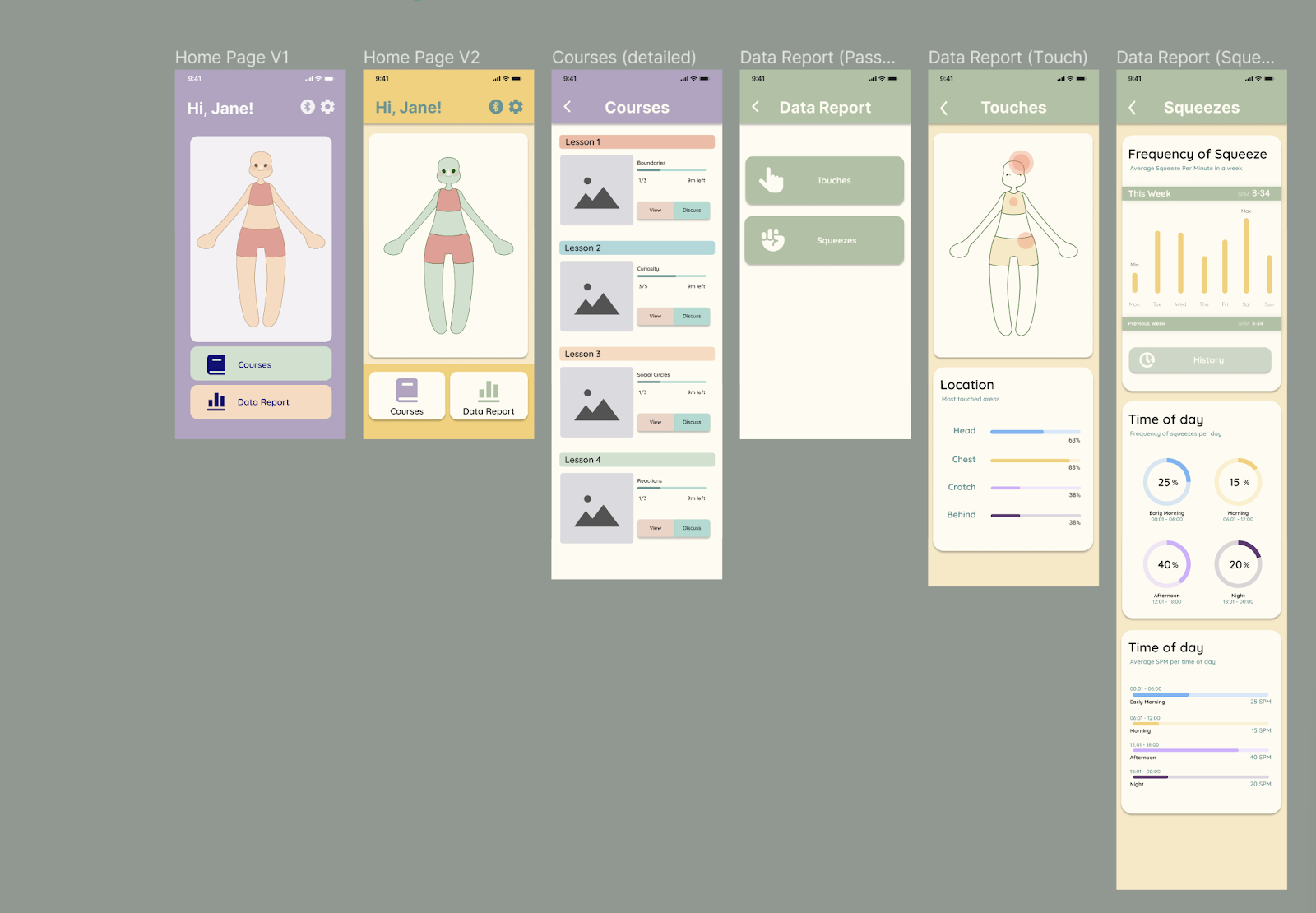


Comments
Post a Comment